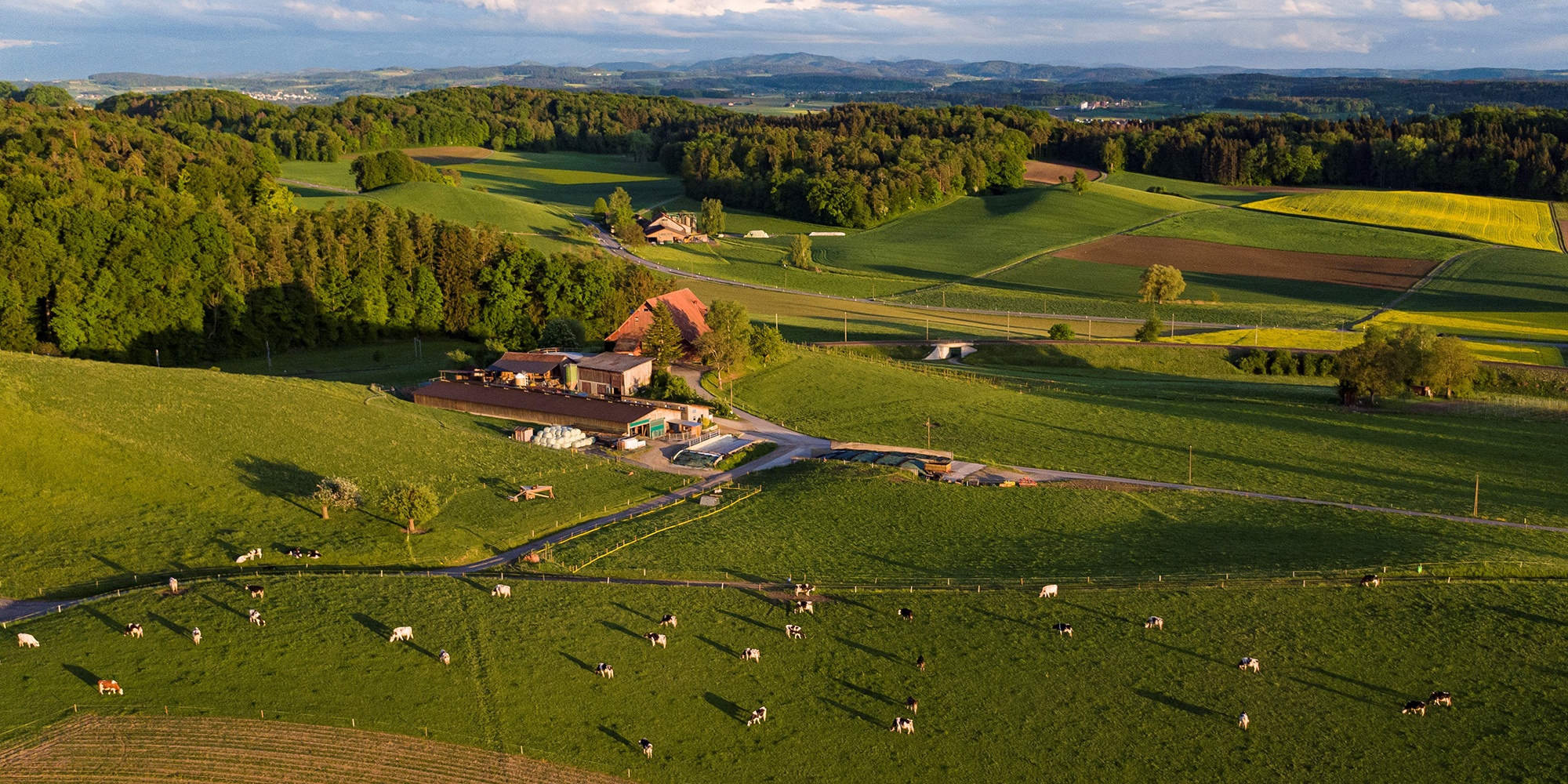Agricultural Greenhouse Gas Calculator in Practice: Scope and Limitations
Photo:
AgroCO2ncept
Greenhouse gas calculators can assist in identifying measures to reduce emissions on farms and in quantifying the effect these measures can have. For this to be successful, it is essential to know the scope and limitations of greenhouse gas calculators.
Numerous measures are available for reducing greenhouse gas emissions from agriculture. In practice, however, it can be challenging to identify suitable measures and to provide evidence of the achieved reduction in emissions. Greenhouse gas calculators are accounting tools to help identify suitable measures and demonstrate the achievable emission reductions, and may thus enable the successful promotion of climate protection in practice. However, the expectations placed on greenhouse gas calculators can be excessive. In a pilot project – AgroCO2ncept – the AgriClimateChange-Tool (ACCT) calculator was used for greenhouse gas accounting on individual farms.
Viewing your own farm through the ‘climate lens’
The aim of the AgroCO2ncept project was to reduce greenhouse gas emissions at farm level by 20% without any loss in productivity. The project involved 21 farms for which a greenhouse gas balance was calculated at the outset, during and at the end of the project. Following the first assessment, advisers and farmers worked together to evaluate the farms through a ‘climate lens’ (greenhouse gas-centric perspective) and drew up a range of climate mitigation measures to put into practice. The provision of specialist support for the farmers was an important element in the AgroCO2ncept project. Looking at the farm together through the ‘climate lens’ increased the farmers’ motivation – a key factor for success. The advisory input helped identify options that were tailored to the individual farms.
The challenge of quantifying emission reductions
At the end of the project an average reduction in emissions of -5% was identified across all farms. Only two farms achieved the project goal of a -20% reduction. The project also showed that external factors (e.g. weather) and changing farm structures significantly influenced emissions and masked the effect of reduction measures. The reduction in emissions across all farms (-5%) masks the high variance of individual farm emission trends of between +68% and -47%. This puts the -5% reduction in emissions of all farms into perspective, and shows that providing proof of successful emission reduction using ACCT is associated with significant challenges. If payments are to be linked to the results of greenhouse gas calculators at some point, then basic considerations (e.g. of suitable parameters or indicators) are necessary in order to ensure fair compensation for the efforts made.
Individual farms in the agriculture and food system
To date, most greenhouse gas calculators have not been able to depict systemic conditions above the farm level (e.g. feed-food / land use competition). These conditions need to be taken into account separately to prevent negative developments in the entire agriculture and food system. Furthermore, the poor reduction successes of some individual farms in the project point to the fact that changes to the system (e.g. consumption and production patterns) are also required in order to achieve the politically determined climate goals. These goals can only be successfully achieved with the involvement of all stakeholders in society.
Conclusions
- Greenhouse gas calculators can offer added value when planning climate protection measures.
- Providing evidence of emission reductions is made very difficult by the influence of external factors and changing farm structures.
- If payments are to be linked to the results of greenhouse gas calculators, it is essential to consider how to deal with dynamic farm structures and fluctuations due to external effects as well as system boundaries and parameters/indicators.
- Systemic framework conditions must be taken into account either directly in the greenhouse gas calculators or in the general project approach in order to support sustainable development in the entire agriculture and food system.
- Farmers’ motivation, as well as expert advice, farming networks and fair economic compensation are important factors for success in practical climate protection.
Bibliographical reference
Landwirtschaftliche Treibhausgasrechner im Praxistest: Möglichkeiten und Grenzen.



